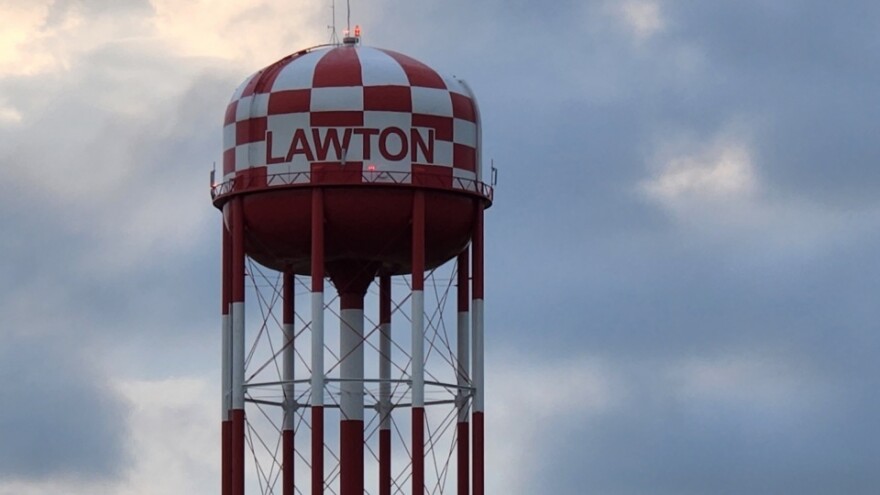Hundreds of Oklahoma cities, towns and rural water districts applied for competitive grants to fund water and wastewater projects. The Oklahoma Water Resources Board has announced 76 communities across the state that are likely to receive that money and released a list that ranks all the applications by funding priority.
The money comes from the 2021 American Rescue Plan Act, which spread $1.9 trillion across the United States in hopes of invigorating the economy out of its COVID-19 slump. Oklahoma received nearly $2 billion in ARPA funds, and the state legislature set aside $100 million of that for water and wastewater infrastructure projects.
The Oklahoma Water Resources Board divided the water and wastewater project funding into two chunks: $48 million for communities with populations under 7,000 and rural water districts with fewer than 2,300 non-pasture taps, and $38.4 million for bigger communities.
Of 55 large communities that applied for ARPA assistance, the OWRB recommended 26 for funding. Large communities could request up to $2 million; the average funded project in this group will receive $1.5 million. Larger water and wastewater systems were also required to match the funding they receive.
The OWRB also recommended funding for 50 of the 242 small water and wastewater systems that applied. These communities were eligible for up to $1 million; most of the approved projects requested and will receive that maximum and are not required to match those funds.
In their original applications for ARPA funding, many of the small communities who received funding priority said their projects were necessary to comply with consent orders from the Oklahoma Department of Environmental Quality. Consent orders are agreements between the system and the DEQ about required actions to fix environmental violations.
In larger communities, prioritized applications tended to reference aging infrastructure and concerns about staving off future violations.
This report was produced by the Oklahoma Public Media Exchange, a collaboration of public media organizations. Help support collaborative journalism by donating at the link at the top of this webpage.







